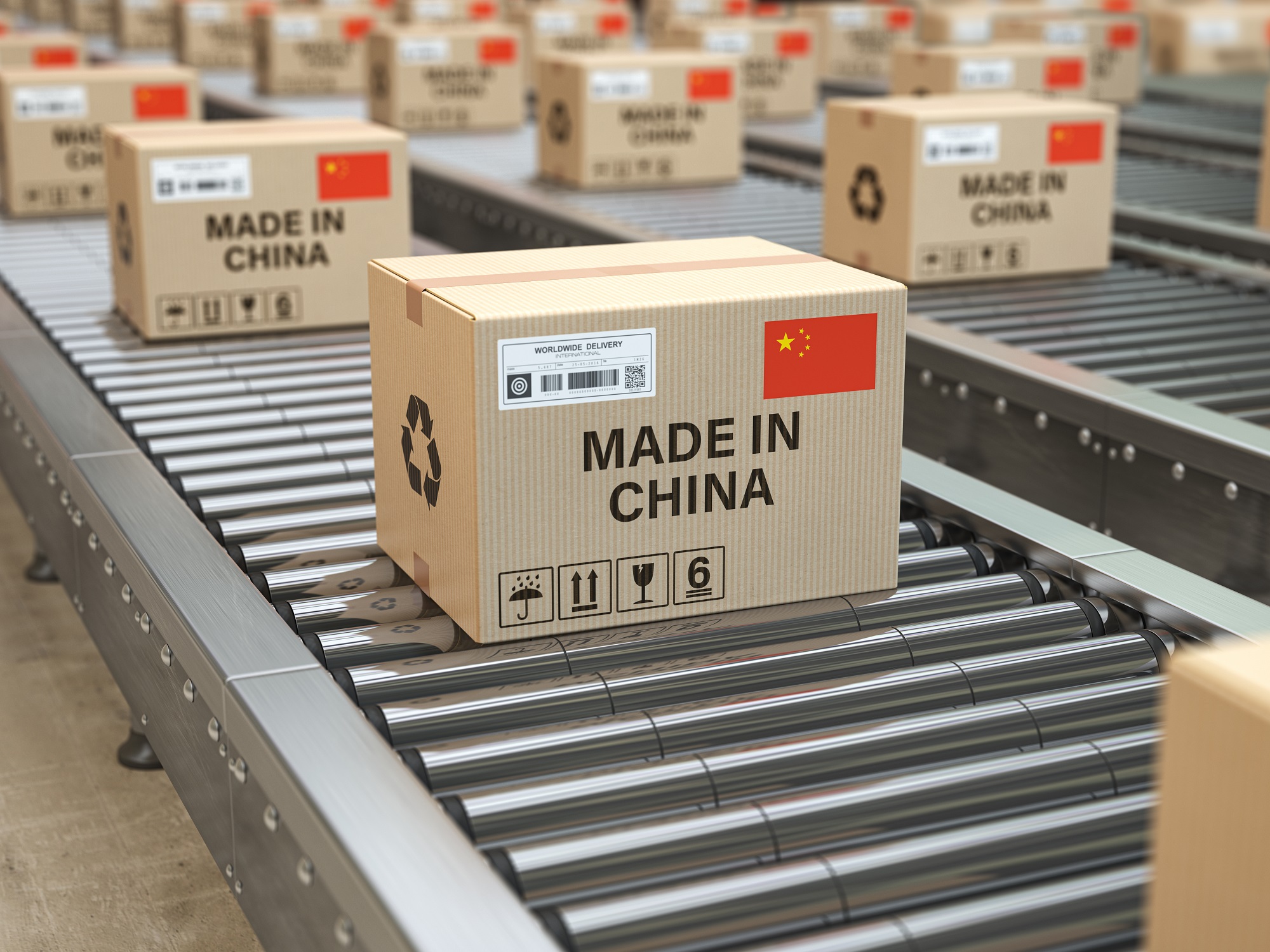The shift away from Chinese manufacturing: Exploring the whys
Over the past few decades, China has been recognised as the "world's factory", a status underpinned by its massive manufacturing infrastructure, abundant labour force, and role as a global leader in various industries, including electronics, textiles, and automotive parts. However, recent trends indicate a gradual shift away from manufacturing in China.
This article delves into the reasons behind this transition, its implications, and the emerging alternatives for global businesses.

One of the primary factors driving the shift away from Chinese manufacturing is the significant increase in labour costs. China's economic boom and improved living standards have led to higher wage expectations. While this progress is undoubtedly positive for Chinese workers, it has eroded one of the key advantages that made China an attractive manufacturing hub for international businesses seeking cost efficiencies.
The ongoing trade tensions between China and several of its largest trading partners, most notably the United States, have introduced a level of uncertainty and risk that many businesses find untenable. Tariffs imposed by the U.S. on Chinese goods have made it more expensive to manufacture products in China for export to the U.S., prompting companies to explore manufacturing alternatives to avoid these additional costs.
The COVID-19 pandemic exposed vulnerabilities in global supply chains, highlighting the risks of over-reliance on a single country for manufacturing and sourcing. The pandemic-induced disruptions led many companies to re-evaluate their supply chain strategies, with a focus on diversification to enhance resilience. This has accelerated the search for manufacturing alternatives to China, as businesses aim to mitigate future risks.
As global awareness of environmental issues grows, companies are increasingly prioritising sustainability in their operations. China's manufacturing sector, historically known for its lax environmental regulations, is now facing stricter environmental standards. This shift, while positive for the planet, has increased operational costs for manufacturers, prompting some businesses to seek locations with a better balance between regulatory compliance and cost.

As businesses look beyond China, several countries are emerging as attractive alternatives for manufacturing. These include:
- Vietnam: With its competitive labour costs and increasingly skilled workforce, Vietnam has become a favoured destination for electronics, textiles, and footwear manufacturing.
- India: India's large labour force and government incentives aimed at boosting manufacturing, such as the "Make in India" initiative, are attracting businesses interested in diversifying their manufacturing base.
- Mexico: Proximity to the U.S. market, along with the benefits of the United States-Mexico-Canada Agreement (USMCA), makes Mexico an appealing choice for North American companies looking to shorten their supply chains.
- Thailand and Malaysia: Both countries offer a combination of skilled labour, infrastructure, and favourable trade agreements, making them competitive alternatives for manufacturing in sectors such as automotive and electronics.
The gradual shift away from Chinese manufacturing is driven by a complex interplay of factors, including rising labour costs, trade tensions, supply chain vulnerabilities, and growing environmental concerns. This transition presents challenges but also opportunities for businesses to diversify their manufacturing operations and enhance supply chain resilience. As the global manufacturing landscape continues to evolve, the ability of companies to adapt to these changes will be crucial for long-term success.
References:
- International Labor Organization (ILO). "Wage Growth in China."
- U.S. Trade Representative. "U.S.-China Trade Relations."
- World Bank. "Global Supply Chains: Challenges and Opportunities."
- United Nations Environment Programme (UNEP). "Environmental Regulations in Manufacturing."
Written and researched by Sejal Singh, Former LCCI International Business Researcher and Assistant.

